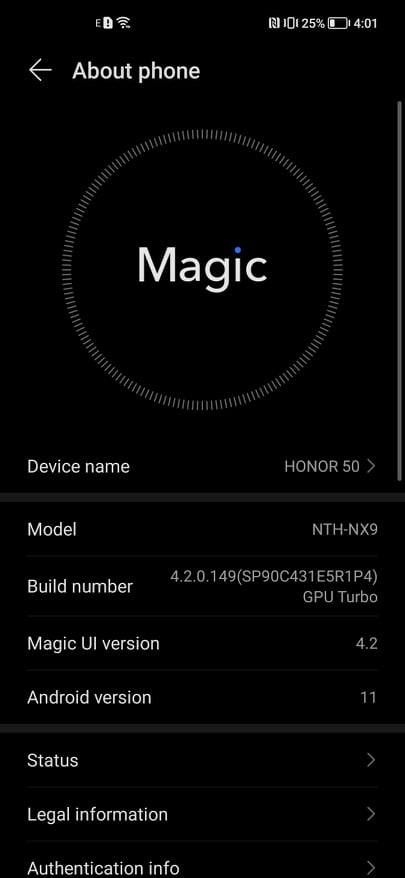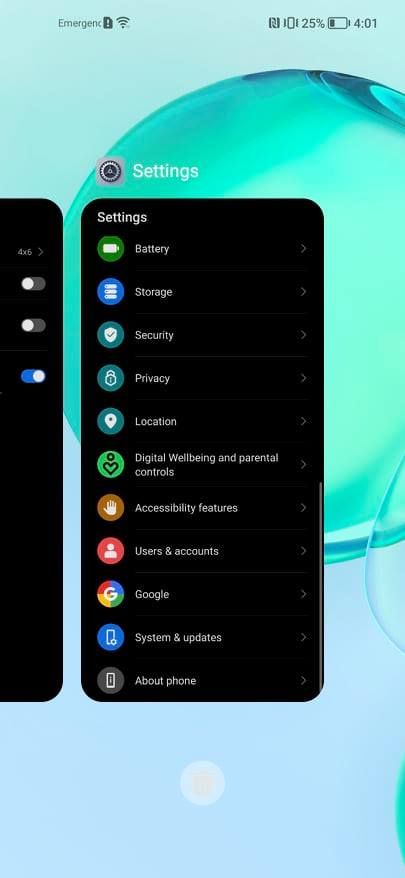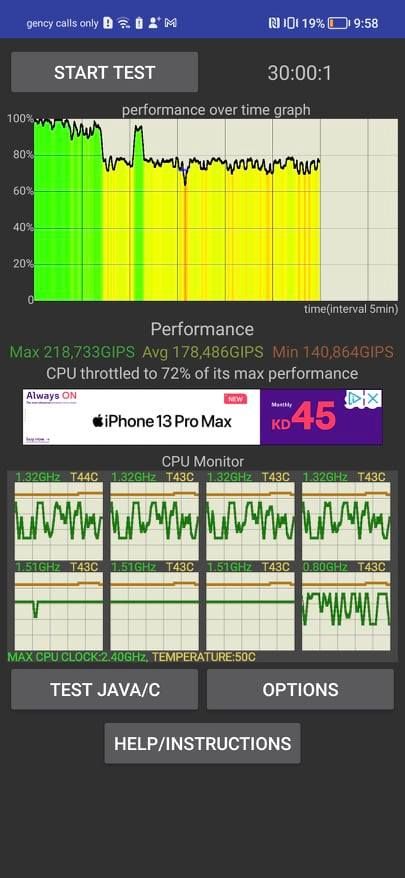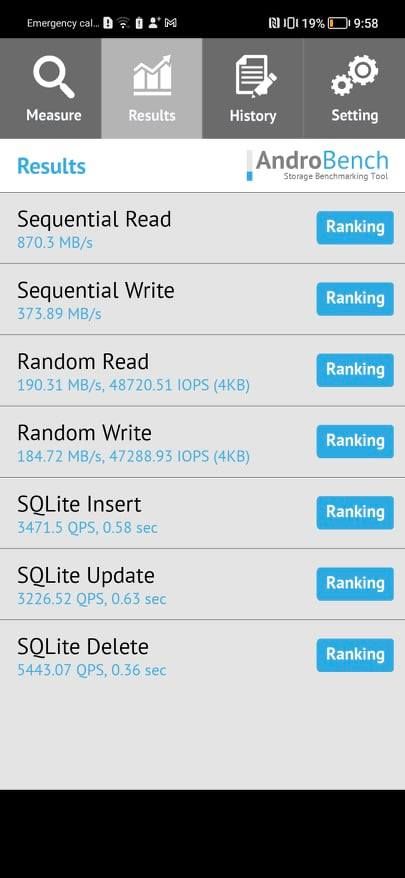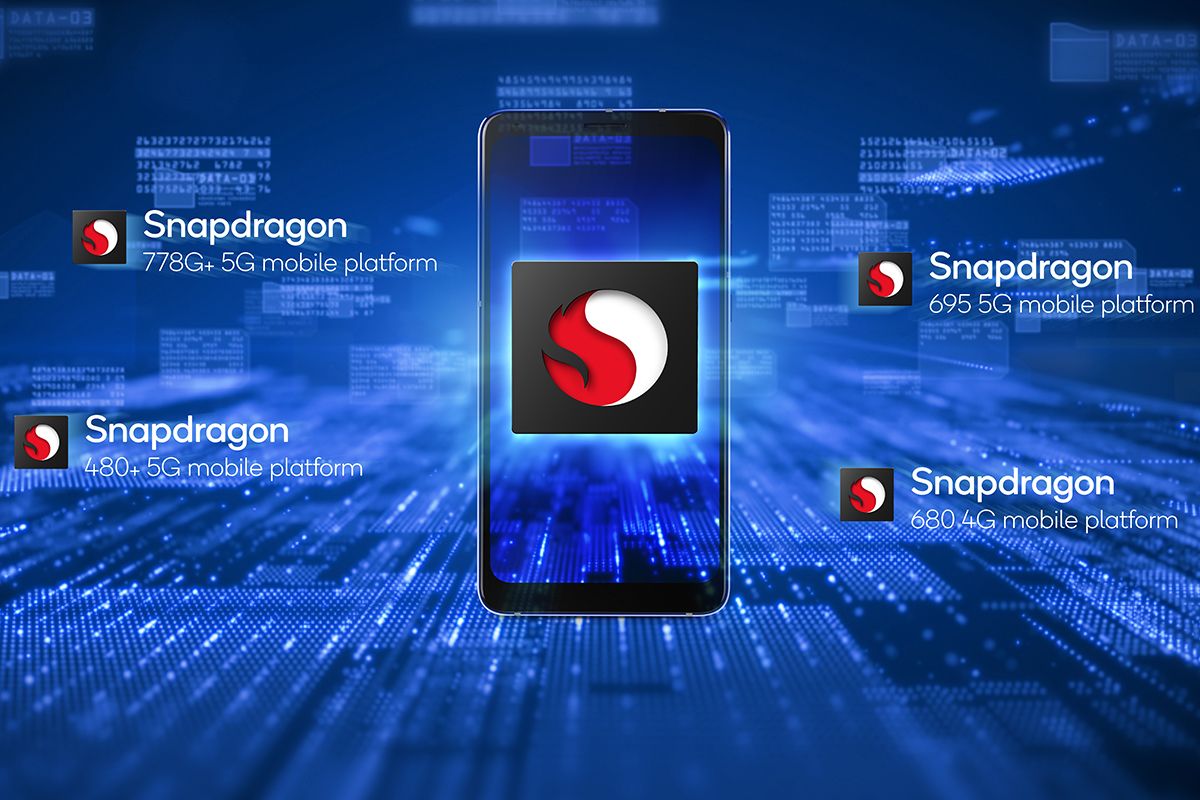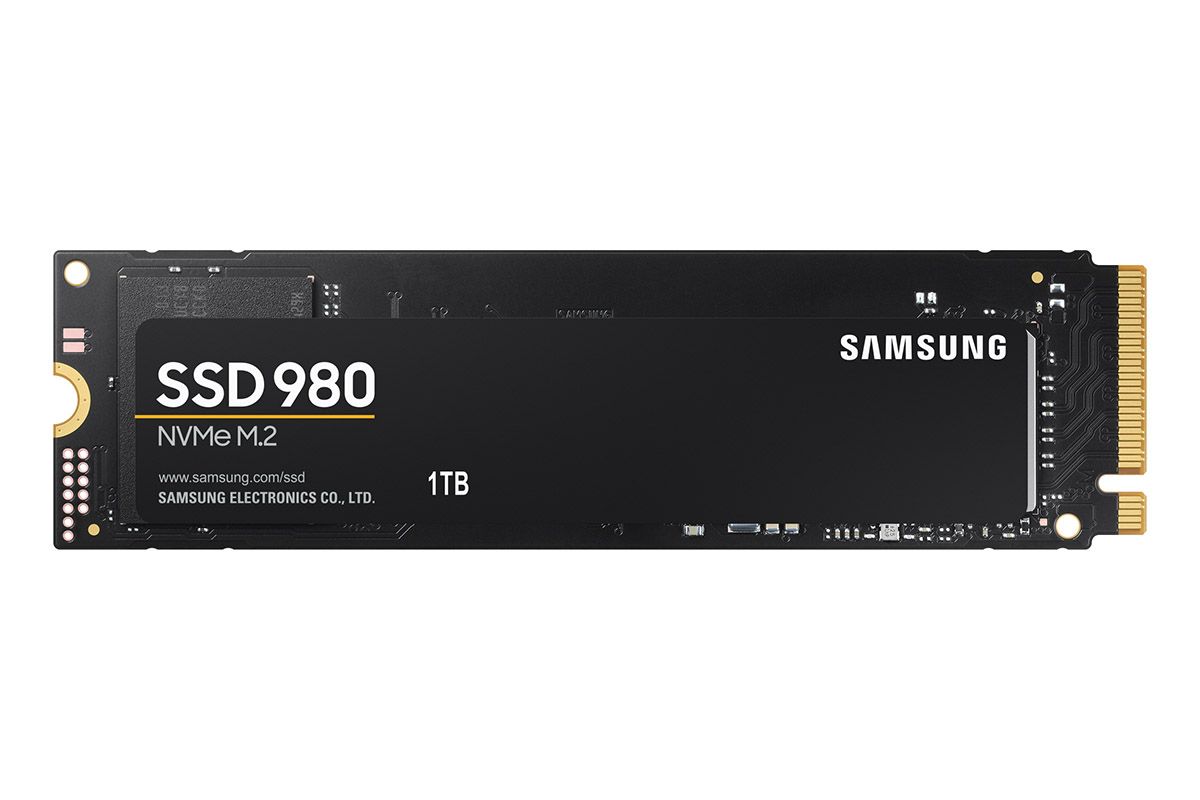Apple recently launched the 2021 MacBook Pro, and its announcement made quite the splash. Powered by the new Apple M1 Pro or M1 Max chipsets, the MacBook Pro is a very powerful laptop, and on top of that, it’s power-efficient, and it brings back classic ports users have been begging for. It’s easily one of the best Macs in years, and it gives many Windows laptops a run for their money. In this article, we’ll be comparing the new MacBook Pro 16-inch model to the LG gram 17 to see how the two stack up.
Right off the bat, it has to be said that these are radically different laptops, and they’re very clearly meant for different audiences. While they can both be considered professional laptops, they have very different strengths and weaknesses, to the point where they almost don’t compete with each other. Let’s take a look at why that is, starting with the specs.
MacBook Pro 16 vs LG gram 17: Specs
|
MacBook Pro 16 |
LG gram 17 |
| Processor |
- Apple M1 Pro (unknown clock speed, 10-core)
- Apple M1 Max (unknown clock speed, 10-core)
|
- Intel Core i5-1135G7 (up to 4.2GHz, 4-core)
- Intel Core i7-1165G7 (up to 4.6GHz, 4-core)
|
| Graphics |
- 16-core GPU (M1 Pro)
- 24-core GPU (M1 Max)
- 32-core GPU (M1 Max)
|
|
| RAM |
- 16GB (M1 Pro only)
- 32GB
- 64GB (M1 Max only)
|
|
| Storage |
|
|
| Display |
- 16.2 inch, 3456 x 2234 resolution, Wide Color (P3), True Tone, 120Hz, 1000 nits
|
- 16-inch Quad HD+ (2560 x 1600) IPS, 99% DCI-P3, 60Hz
|
| Audio |
- Six-speaker stereo sound with force canceling woofers, Dolby Atmos
|
- Dual 2W stereo speakers with Smart Amp
|
| Webcam |
- 1080p front-facing webcam
|
|
| Biometric security |
|
- Fingerprint reader in power button
|
| Battery |
- 99.8Wh, up to 21 hours of Apple TV movie playback
|
- 80Wh battery, up to 19.5 hours (MobileMark 2014)
|
| Ports |
- 3 Thunderbolt 4 ports
- HDMI
- MagSafe 3 charging port
- SD card reader
- 3.5mm headphone jack
|
- 2 Thunderbolt 4 (USB Type-C) ports
- 2 USB 3.2 Gen 1 Type-A ports
- HDMI
- SD card reader
- 3.5mm headphone jack
|
| Connectivity |
|
- Intel Wi-Fi 6 AX201 (2×2), Bluetooth 5.1
|
| Colors |
|
|
| Size (WxDxH) |
14.01 x 9.77 x 0.66 in (355.7 x 248.1 x 16.8 mm) |
14.97 x 10.24 x 0.7 in (380.2 x 260.1 x 17.8 mm) |
| Weight |
|
|
| Starting price |
$2,499.99 |
$1,399.99 |
Right away, you can probably see how different these two laptops are, but we’ll explore that more later.
Windows or macOS?
Before we dive deeper into the specs of each laptop, it’s important to talk about the operating systems these two laptops run. The MacBook Pro, as you’d expect, is running Apple’s macOS, specifically the newly-launched macOS Monterey. Some users prefer macOS due to it being easier to understand and learn compared to Windows if you’re a newcomer. But what often makes macOS many users’ preferred OS is content creation, specifically Final Cut Pro, which is developed and sold by Apple.
On the other hand, the LG gram runs Windows 10, which you can upgrade to Windows 11 for free. There are big advantages to using Windows, too. It’s a far more popular operating system, and because of that, app support is much more robust in most areas. This is especially true with niche apps or very business-focused applications. On top of that, while it can be a bit harder to learn, Windows gives you more options to mess with some advanced tools if you’re a power user.
Neither operating system is necessarily better than the other, but there are good reasons to prefer either one. Truth be told, you likely already have a preference, and that’s going to dictate which laptop you prefer, too.
Performance: The MacBook Pro is far more powerful
Now, let’s dive deeper into how the MacBook Pro 16-inch and LG gram 17 compare in various areas, starting with performance. This is one area that’s hardly even a fair fight, at least based on Apple’s claims.
As we’ve mentioned, the MacBook Pro is powered by the Apple M1 Pro and M1 Max. These two processors have the same CPU, and during its presentation, Apple compared their performance to two kinds of Intel-based processors, including a 4-core laptop CPU. This is specifically referring to the Intel Core i7-1185G7 as found inside the MSI Prestige 14 Evo, and you can see that the peak performance of the Apple M1 Pro/Max is over twice that of the Intel chip, while using less power. Now, the LG gram 17 isn’t powered by the Intel Core i7-1185G7, it’s powered by the slightly slower Core i7-1165G7. That means the performance gap is likely even bigger, albeit the difference shouldn’t be too significant.

Image: Apple
For graphics, there isn’t as much of a direct comparison, but Apple’s claims leave very little to the imagination. In this case, the Apple M1 Max is more powerful than the M1 Pro, and Apple compared the M1 Mac to the power of an NVIDIA GeForce RTX 3080 laptop GPU found inside the Razer Blade 15 Advanced (with 105W of power). The GPU inside the M1 Max offers a similar level of performance while using 40% less power, which is very impressive. The LG gram 17 uses Intel’s integrated Iris Xe graphics, which are nowhere near the same level of performance. The MacBook Pro is going to leave the LG gram 17 in the dust in that regard.
Despite its lead in performance, the MacBook Pro is also more power-efficient than the LG gram 17. Apple claims up to 21 hours of battery life watching Apple TV video content, while LG claims up to 19.5 hours for the gram 17 using the MobileMark 2014 test. Of course, this will always depend on your usage, but the MacBook Pro is promising despite being more powerful.
The MacBook Pro has more RAM and storage than the LG gram 17.
The MacBook Pro leads in other areas, too. It comes with up to 64GB of unified memory, which is equally accessible to both the CPU and GPU. Meanwhile, the LG gram 17 can be configured with up to 32GB of RAM, but it’s not as integrated. Both laptops have the memory soldered onto the board, so you can’t upgrade either one later. For storage, you can get up to 8TB on the MacBook Pro and 2TB on the LG gram 17, but the latter uses M.2 SSD slots, meaning you can technically upgrade it yourself if you want to.
MacBook Pro 16-inch vs LG gram 17: Display
Moving on to the screen, the MacBook Pro continues its reign thanks in no small part to the addition of Liquid Retina XDR in this year’s model. This is Apple’s marketing name for the new mini-LED panels it’s been using in the new iPad Pro and now the MacBook Pro. Using mini-LED technology means the MacBook Pro has hundreds of dimming zones, with the ability to adjust the backlight specifically for each of them. It’s not quite as precise as an OLED panel, but it still provides a fantastic 1,000,000:1 contrast ratio, and it should deliver vibrant colors and true blacks similar to an OLED display in many ways.

It’s a very sharp display, too, with a resolution of 3456 x 2234, it’s not far off from 4K, and it comes in the typical 16:10 aspect ratio of most Macs. On top of that, the MacBook Pro also has Pro Motion, meaning it supports up to a 120Hz refresh rate. The display adjusts the refresh rate dynamically to make animations smoother and save battery when the high refresh rate isn’t needed.
The LG gram 17 also has a great display, but it’s got none of the bells and whistles of the MacBook Pro. It’s a 17-inch panel with Quad HD+ (2560 x 1600) resolution, meaning it’s also got a 16:10 aspect ratio. However, it’s not quite as sharp, and in addition, it’s got a 60Hz refresh rate and it’s a typical IPS panel, so there’s nothing that stands out too much. It’s still a great screen, but you can’t deny the one on the MacBook Pro is just better.

LG Gram 17 (17Z90P)
One area that might sway things in LG’s favor, though, is the webcam. The LG gram 17 actually has a worse webcam – at 720p – compared to the MacBook Pro’s new 1080p camera. The thing is, to accommodate that new 1080p camera, Apple added a notch to the display, taking cues from its iPhone design. While the better webcam quality is certainly welcome, it’s certainly odd to have a notch on a laptop screen, and that might keep some users away.
Apple uses a six-speaker stereo setup that’s one of the best in any laptop.
Back to Apple’s dominance, it’s important to mention audio. The LG gram has dual stereo speakers, which is a common setup for many Windows laptops. However, Apple has been using a powerful six-speaker setup for a few years, and it performs a lot better than almost any Windows laptop out there. The company says its speakers are even better this year, so this is another area where the MacBook Pro wins.
Design and ports: The LG gram 17 is truly portable
So far, this comparison has been somewhat one-sided, with the MacBook Pro having much better performance and a nicer display. But design is one area where the LG gram 17 has some key advantages, and it might just make this your favorite laptop of the two. Both of these are clamshell laptops, and there are no bells and whistles to them.

However, the LG gram 17 is known for being especially light, and that’s what the gram brand is all about. At 2.98lbs, this is one of the lightest 17-inch laptops around. Even smaller laptops often weigh more than that. Being a 17-inch laptop, naturally, the gram 17 is bigger in just about every dimension, but if you put it in a backpack, it’s going to be very easy to carry around all day. Comparatively, the MacBook Pro starts at 4.7lbs in weight, which is a stark difference that you’re going to feel on your back after carrying the laptop for a while.
The LG gram is also arguably a little more interesting looks-wise. The MacBook Pro comes in Silver or Space Grey colors, which are really just different tones of silver. The LG gram also has some silver models, but you can get it in black or white if you want something a bit more distinct. White, specifically, can really stand out and feel more lively than most other laptops.
The LG gram is indreibly lightweight, making it ideal for portability.
As for ports, it’s a balanced match-up thanks to Apple finally bringing back classic ports that have been missing from MacBooks for a few years. The MacBook Pro has three Thunderbolt 4 ports, HDMI, an SD card reader, headphone jack, and a MagSafe charging connector. This is a magnetic connector, so when you pull on the cable, it just comes off without dragging your laptop with it.

MacBook Pro ports
Meanwhile, the LG gram 17 has two Thunderbolt 4 ports, two USB Type-A ports, HDMI, a microSD card reader, and a headphone jack. Including USB Type-A is good if you use a lot of peripherals that still use that connector, and it’s a potential advantage for the gram 17. Another advantage of the LG gram 17 is that it has a full number pad on the keyboard, which might be useful if you’re usually crunching numbers on your PC.
Bottom line
If you’re struggling to choose between the MacBook Pro 16-inch and the LG gram 17, we’d say your options are very clear. Yes, these are two very capable laptops, and if you’re mostly browsing the web, writing up documents, and so on, both will serve you just fine.
But if you’re a content creator, be it video, photo, or 3D rendering, the MacBook Pro is leagues ahead of the LG gram 17 in terms of performance. You’re definitely going to want to go that route. Plus, it’s got a fantastic display that’s going to be great for content creation.

On the other hand, if you don’t need to create that kind of content and you want something you can take with you to school or work, the LG gram 17 is by far the most suitable option. It’s incredibly lightweight of a laptop of its size, and much lighter than the MacBook Pro, even though it’s physically bigger.
That’s what it comes down to: Do you need the utmost performance for high-resource tasks, or do you want something you can easily take with you anywhere for less demanding tasks? If you can answer that question, you already know what to choose.
You can buy either laptop from the links below. If you choose the MacBook Pro and you want to protect it, we have a list of the best cases for the MacBook Pro you may want to check out.
The MacBook Pro is a powerful laptop thanks to the M1 Pro and M1 Max chipsets, making it far more powerful than any Windows ultrabook.
The LG gram 17 is an ultra-light 17-inch laptop with high-end specs and great battery life.
The post MacBook Pro 16 vs LG gram 17: Which laptop should you get? appeared first on xda-developers.
from xda-developers https://ift.tt/3vZfEk0
via
IFTTT





